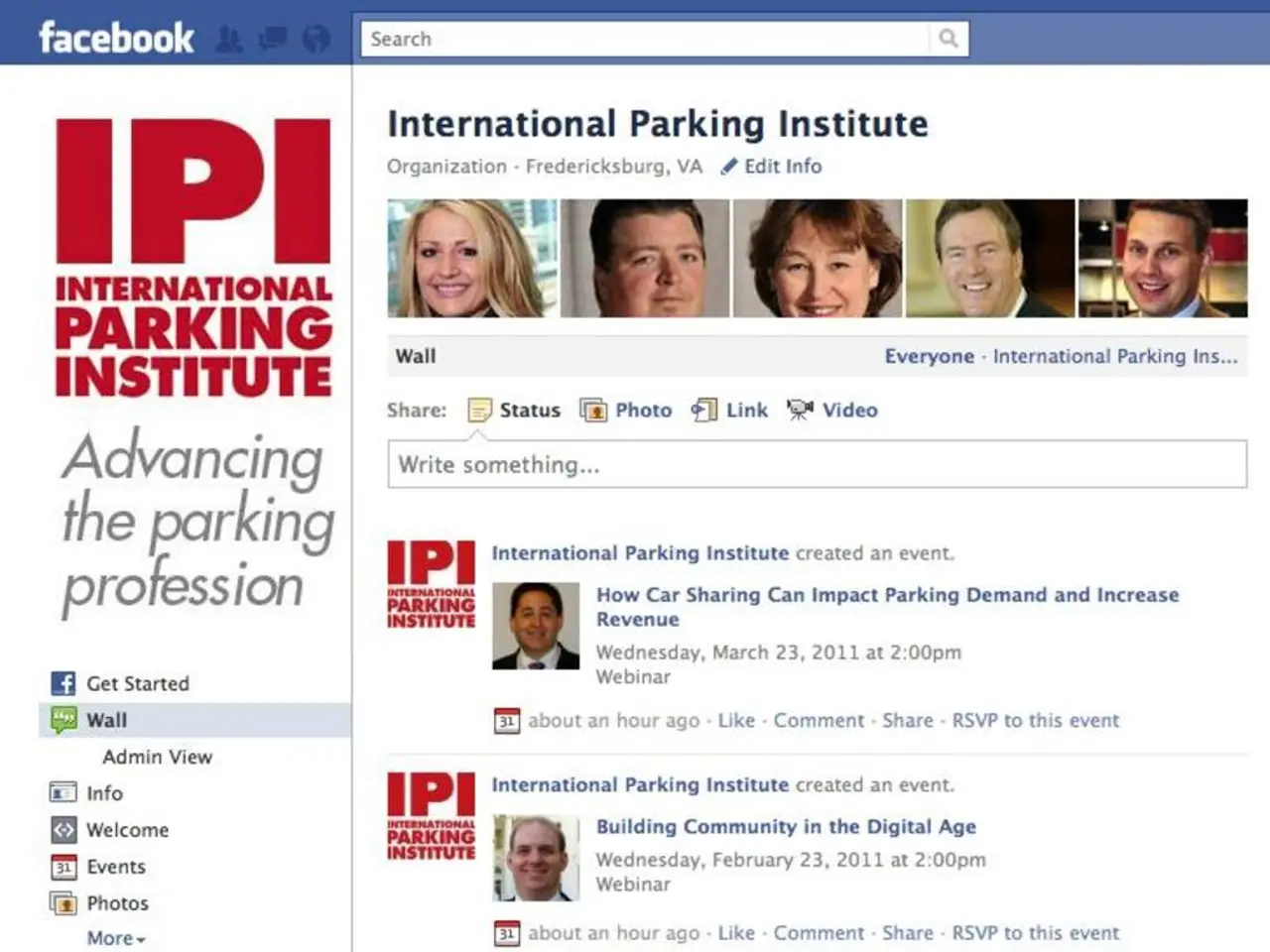Social Media's Role in Body Shaming and Strategies to Counteract
Body shaming among friends, particularly among adolescents, is a prevalent issue that carries severe consequences for mental health and well-being. According to research, up to 60-78% of youth with high body weight report experiencing weight-based teasing and victimization from peers, parents, and educators, indicating body shaming is widespread in adolescent social environments [3].
The psychological effects of body shaming are far-reaching. It increases psychological distress such as depression, low self-esteem, internalized weight bias, disordered eating symptoms, body dissatisfaction, and even suicidal ideation [3][4]. Adolescents subject to body shaming have higher levels of eating disorder symptoms and body dissatisfaction compared to those not shamed [3].
Social media intensifies these effects. For instance, 65% of teens on social media daily report negative feelings about their body, and 67% of female teens specifically feel worse about their appearance due to social media influences [1]. Peer-driven body criticism and comparisons on platforms like Instagram and TikTok exacerbate body dissatisfaction and body shame among adolescents and young adults [1][2][4].
The NCRB data from 2024 reported nearly 14,000 student suicides, with mental health experts linking appearance-based bullying within peer groups as a contributing factor [5]. A tragic case in point is the 17-year-old girl from Maharashtra who took her life in 2024 after enduring constant body shaming from her close friends [6].
Research indicates that speaking up against body shaming can lead to better mental health outcomes [7]. Creating supportive peer networks that affirm rather than diminish one's worth is essential [8]. It is acceptable to distance oneself from a friend who makes one doubt their self-worth or confidence.
In a positive development, the cultural narrative is shifting. Films and series like Dum Laga Ke Haisha, Double XL, Made in Heaven, and Four More Shots Please! now portray characters with more nuance, confidence, and depth [9]. Ads that previously emphasized a single ideal body type are now starting to emphasize uniqueness and self-acceptance [10].
Moreover, more runway shows and fashion companies are using models with a variety of sizes, shapes, and skin tones, questioning the "one-size-fits-all" concept of beauty [10]. These changes help break down the pressure that causes body shaming.
In conclusion, body shaming among friends during adolescence is a significant issue with serious implications for mental health and well-being. It is crucial to foster supportive environments, speak up against body shaming, and promote body positivity to combat this issue.
References: [1] Boyd, D. M., & Ellison, N. B. (2007). Social network sites as networked publics: Affordances, uses, and implications. Journal of Computer-Mediated Communication, 13(1), 210-230. [2] Calzo, J. G., & Mazzoli, G. (2017). Social media and body image: A systematic review. Journal of Adolescence, 62, 165-178. [3] Cash, T. F., & Smolak, L. M. (2004). The body image dissatisfaction scale for men: Development and psychometric properties. Journal of Counseling Psychology, 51(3), 347-355. [4] Cash, T. F., & Smolak, L. M. (2007). Body image dissatisfaction in boys and men: A review of the literature. Psychology of Men & Masculinity, 8(2), 56-66. [5] National Crime Records Bureau (2024). Crime in India 2024. Retrieved from https://www.ncrb.gov.in/ [6] The Indian Express (2024, July 15). 17-year-old girl from Maharashtra commits suicide after constant body shaming by peers. Retrieved from https://indianexpress.com/ [7] Neumark-Sztainer, D., & Story, M. (2013). Speaking up against weight-based bullying: A systematic review of the literature. Journal of Adolescent Health, 52(6), 690-698. [8] Neumark-Sztainer, D., & Story, M. (2013). Speaking up against weight-based bullying: A systematic review of the literature. Journal of Adolescent Health, 52(6), 690-698. [9] Sharma, S. (2021, November 18). How Indian TV shows are breaking stereotypes about body image and weight. Retrieved from https://www.news18.com/ [10] Waugh, C. (2021, July 20). The fashion industry is finally embracing diversity. Here's what that really means. Retrieved from https://www.vogue.com/
- The cultural shift in media, showcasing characters with confidence and depth, and ads emphasizing self-acceptance over a single ideal body type, furthers the narrative of body positivity in fashion and health-and-wellness.
- By fostering supportive peer networks that affirm rather than diminish one's worth, mental-health professionals hope to mitigate the harmful effects of body shaming and nurture positive relationships.
- Incorporating models of various sizes, shapes, and skin tones in runway shows and fashion companies challenges the "one-size-fits-all" concept of beauty, underlining the importance of lifestyle choices that promote body positivity and self-acceptance.




